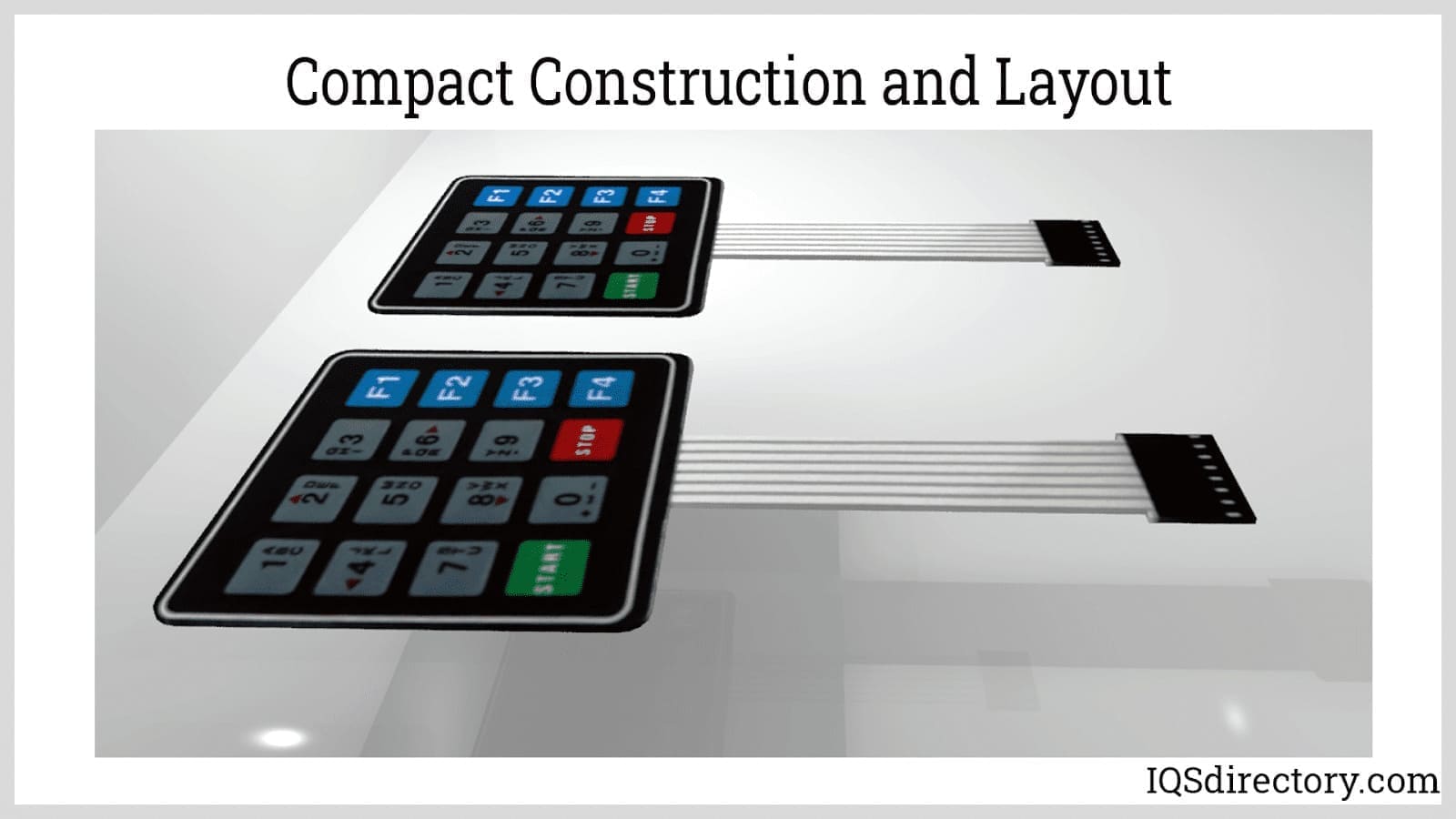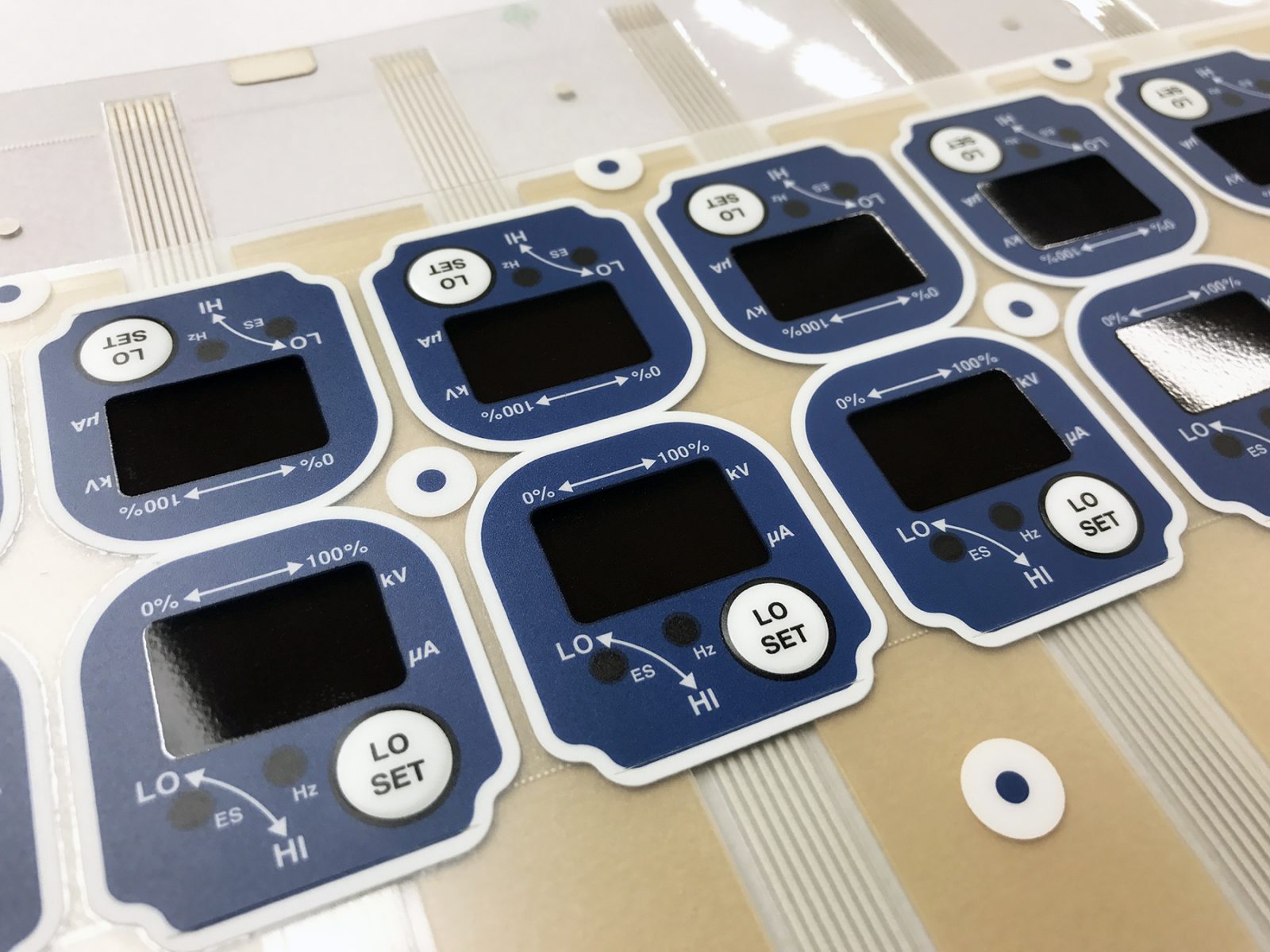How a Membrane Switch Boosts Individual Experience and Device Effectiveness
How a Membrane Switch Boosts Individual Experience and Device Effectiveness
Blog Article
Recognizing the Performance of Membrane Switches for Customer User Interface Gadget
The performance of membrane switches stands for a considerable innovation in user interface style, combining effectiveness with visual flexibility. As sectors progressively focus on customer experience, understanding the nuances of membrane layer button modern technology becomes necessary.
What Are Membrane Switches?
Membrane layer buttons are innovative interface devices that help with individual communication with digital devices. These flexible parts include numerous layers, consisting of a visuals overlay, spacer, and a published circuit layer. The design enables a smooth combination right into different digital gadgets, enhancing both the visual and functional aspects of interface.
Membrane buttons are commonly used in a broad range of applications, from family home appliances to commercial equipment and clinical devices. Their construction usually features a thin profile, making them an ideal selection for compact styles. The responsive responses supplied by these switches can be engineered to fulfill particular user choices, guaranteeing reliable interaction between the individual and the device.
Durability is one more considerable advantage of membrane buttons, as they are immune to dust, wetness, and chemicals, which enhances their life-span popular settings. Additionally, these switches can be tailored in terms of shape, dimension, and graphic style, enabling branding and user-specific features. Generally, membrane layer changes represent a sensible option for boosting user experience in digital tools, incorporating functionality with visual appeal in a reliable way.
Just How Membrane Switches Job
Operating on a simple principle, membrane switches over use a split building and construction to sign up user input effectively. Each button includes numerous layers, including a published circuit layer, a spacer layer, and a leading graphic layer, which are made to collaborate effortlessly. When a user presses the leading layer, it presses the spacer layer, bringing the conductive aspects of the circuit layer right into contact with each various other.
This contact creates a shut circuit, signifying the device to perform a certain feature. The layout permits various setups, consisting of responsive responses, which can boost the customer experience by supplying a physical sensation upon activation. The materials utilized in membrane layer buttons commonly include adaptable substrates, such as polyester or polycarbonate, which make certain resilience and durability against wear and tear.

Secret Advantages of Membrane Layer Switches

One more significant benefit is their density. Membrane switches are thin and lightweight, which makes it possible for producers to save room in their tools without compromising capability. This function is especially helpful in applications where weight and volume are critical factors my blog to consider.
In addition, membrane layer buttons are resistant to dirt, moisture, and chemicals, boosting their toughness. This resilience expands their life expectancy and decreases the need for constant replacements, leading to cost savings over time.
Additionally, the responsive responses provided by membrane layer switches can be maximized to enhance individual interaction. They can include attributes such as raised buttons or distinct clicks, boosting use and individual experience.
Applications Across Industries
Interface gadgets making use of membrane layer buttons are common in a wide variety of industries, showcasing their versatility and performance. Membrane Switch. In the clinical sector, membrane switches are integral to gadgets such as analysis equipment and person monitoring systems, where their toughness and convenience of cleaning are essential for preserving hygiene criteria. In the automobile market, these buttons are employed in dashboard controls and infotainment systems, offering my explanation a smooth and contemporary interface for individuals.
Additionally, the customer electronics sector advantages from membrane layer switches in appliances and handheld devices, where small layout and user-friendly user interfaces improve customer experience. Industrial applications also leverage membrane changes for control board in machinery and automation systems, emphasizing their toughness and resistance to extreme environments.
In the aerospace and defense markets, membrane layer switches are used in cabin controls and tools, where integrity and efficiency under extreme problems are critical. Additionally, the pc gaming market significantly integrates membrane layer switches in controllers and game equipments, adding to an engaging individual experience. Overall, the adaptability of membrane switches enables their extensive usage throughout numerous fields, underscoring their relevance in contemporary user interface layout.
Future Trends in Membrane Layer Change Technology

Furthermore, the usage of advanced products, such as polycarbonate and polyester movies, is expected to increase, supplying improved longevity and resistance to environmental stress factors. These products contribute to the overall long life of membrane buttons, making them appropriate for harsher commercial applications.
Moreover, the consolidation of wise technology, consisting of IoT connection, will certainly enable membrane switches to interact with other devices and systems, helping with an extra interactive individual experience. This trend straightens with the expanding need for clever devices across different sectors, from health care to consumer electronics.
Lastly, personalization choices are prepared for to broaden, allowing suppliers to produce bespoke services tailored to certain customer demands and choices. These advancements will place membrane layer switches as vital elements in the advancement of interface innovation.
Conclusion
In verdict, membrane layer switches over stand for a pivotal innovation in individual interface modern technology, supplying a reliable and versatile solution for diverse electronic applications. As innovations in material science and touch noticing innovations proceed, the functionality and applicability of membrane layer switches are anticipated to expand, strengthening their relevance in modern digital devices.
Report this page